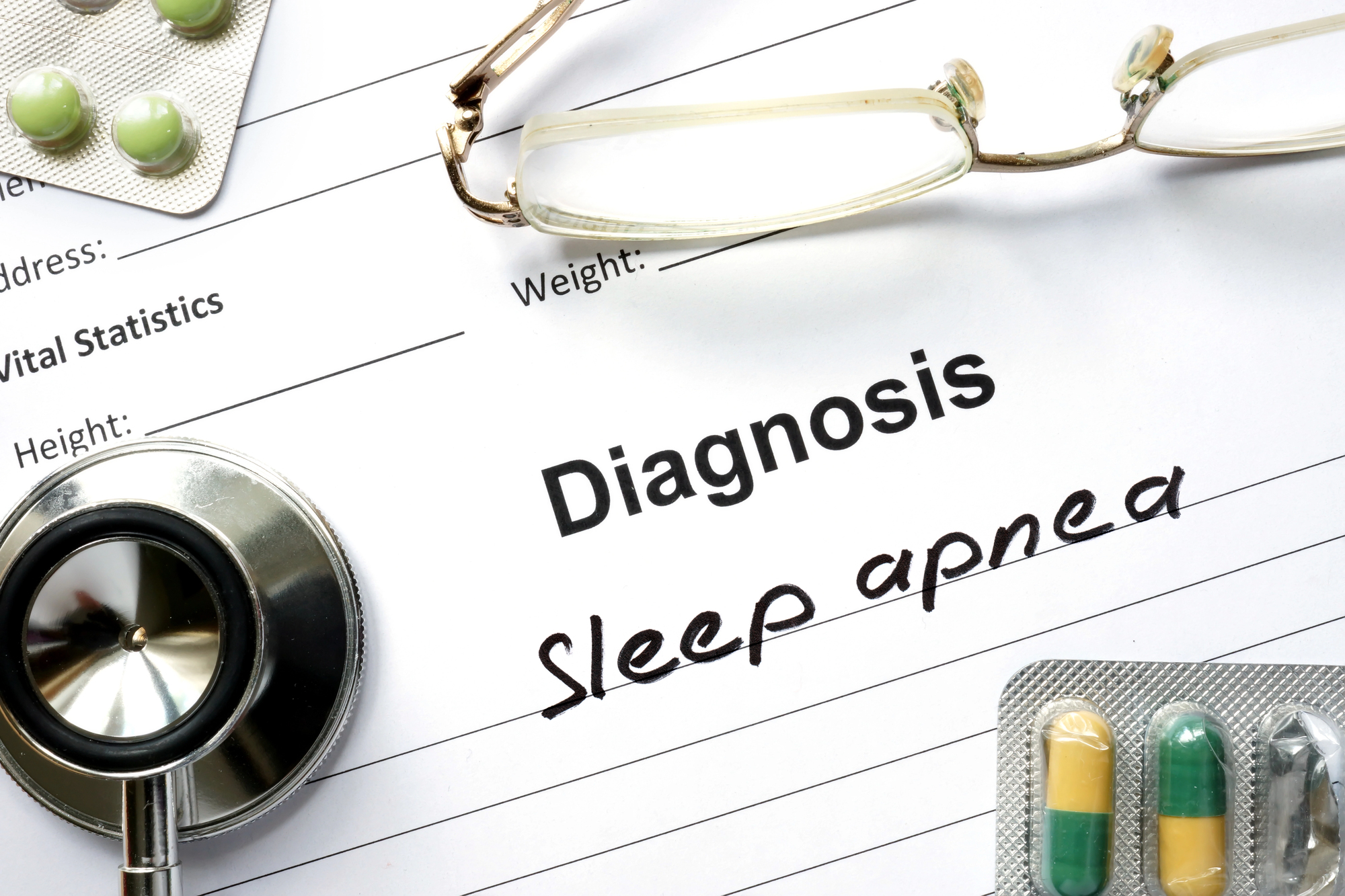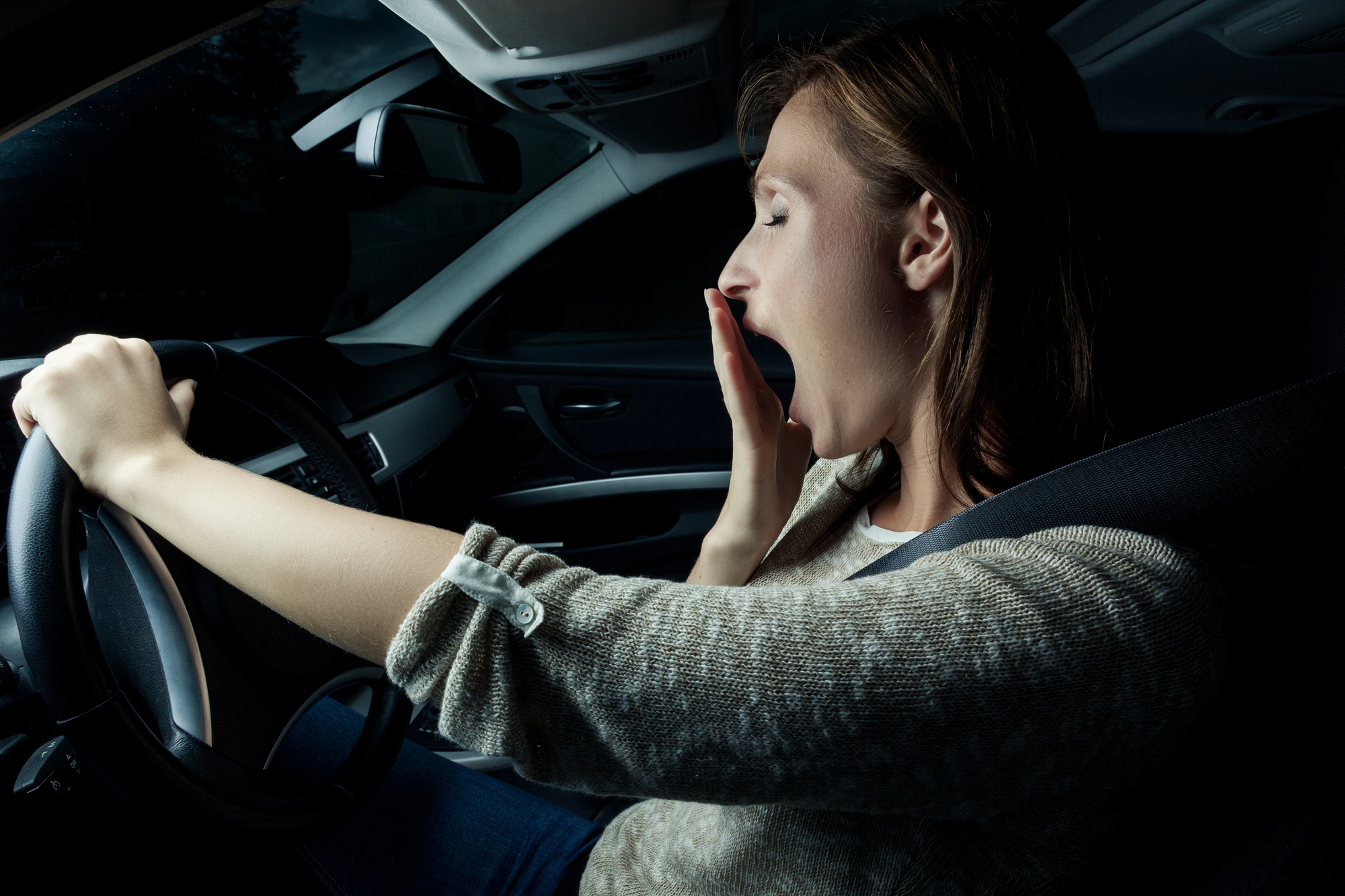Millions of people suffer from sleep apnea but do not receive an official diagnosis. This disorder can cause endless symptoms including sleepless nights, brain fog, and poor energy during the day. If sleep apnea is left untreated, this can lead to greater complications such as heart disease, diabetes, and stroke. The good news is there are many sleep apnea treatments that can help you feel more in control of your disorder.
In this article, we will be exploring sleep apnea, including its symptoms and best treatments.
What is Sleep Apnea?

Sleep apnea occurs when a person’s breathing is frequently disrupted during sleep. This is usually due to a collapse of the airway which can happen hundreds of times a night without the body receiving a full night of restful sleep. There are three main types of sleep apnea:
1. Obstructive sleep apnea (OSA): The most common form of sleep apnea caused by a blockage of the airway as the muscles relax and lead to poor sleep
2. Central sleep apnea (CSA): Occurs when the brain fails to deliver the appropriate signals to the diaphragm for breathing
3. Complex sleep apnea syndrome (CSAS): Also called treatment-emergent central sleep apnea (TECSA) which involves a combination of CSA and OSA
Sleep Apnea Symptoms
Sleep apnea can present itself in several different ways. In many cases, patients will not be aware that they are suffering from sleep apnea. If you find yourself or your partner experiencing the following, you may be experiencing sleep apnea:
- Snoring loudly
- Periods where you stop breathing during sleep (commonly noticed by a partner)
- Gasping or choking after waking
- Fatigue or sleepiness during the day
- Trouble focusing or concentrating
- Dry mouth or sore throat when you wake
- Mood changes or irritability
- Morning headaches
These symptoms not only disrupt your sleep but can also affect your daily life and overall wellbeing.
Health Risks of Sleep Apnea

Ignoring sleep apnea can have serious consequences for your health. Some of the potential risks include:
- Cardiovascular Problems: Sleep apnea has been linked to high blood pressure, heart attacks, and irregular heartbeats.
- Diabetes: It can affect your body’s ability to regulate sugar levels, increasing the risk of type 2 diabetes.
- Stroke: The condition is a known risk factor for stroke due to its effects on blood flow and oxygen levels.
- Cognitive Decline: Poor sleep quality can impair memory, decision-making, and overall brain function.
- Accidents: Daytime sleepiness caused by sleep apnea increases the risk of workplace and vehicular accidents.
Sleep apnea isn’t just about snoring; it’s a condition that requires attention and treatment to prevent these severe outcomes.
Sleep Apnea Treatments
The right solution for your sleep apnea will depend on your personal preferences and advice from a doctor or sleep specialist. Here are some of the top solutions to sleep apnea and what to know about each.
1. CPAP Therapy
Continuous positive airway pressure (CPAP) therapy is the treatment for moderate to severe sleep apnea that is most often recommended by doctors and health specialists. CPAP requires that you sleep with a mask connected to a machine that pumps air into your throat to keep your airway open.
Pros:
- CPAP therapy is a very effective way to reduce apnea events during sleep
- CPAP therapy increases overall sleep quality
- CPAP machines can reduce hypertension and lower cardiovascular risk
Cons:
- CPAP machines can reduce hypertension and lower cardiovascular risk
- CPAP masks are uncomfortable for some users
- Auto titrating cpap and nasal pillows can provide alternative options that some users may find more comfortable
If CPAP feels overwhelming, there are alternatives such as auto-titrating CPAP machines and nasal pillows that may offer more comfort.
2. Lifestyle Changes
If you have mild sleep apnea, or if you would like to boost the results of other sleep apnea treatments, you can make certain lifestyle changes.
- Weight Loss: Obesity is a primary risk factor for OSA. This is due to the fact that the extra weight contributes to narrowing of the airway
- Sleep Position: Sleep on your side instead of your back to reduce the risk of your tongue and other soft tissues falling back and blocking the airway
- Avoid Alcohol and Sedatives: Alcohol and sedatives have a relaxing effect on the throat muscles, which can cause sleep apnea events
- Exercise: Physical activity can improve overall sleep quality and reduce apnea severity.
Often, a healthier lifestyle not only improves sleep apnea but boosts overall health as well.
3. Oral Appliances
Oral appliances, also called oral mouthpieces, are custom-made devices that are worn while sleeping and that keep your jaw, tongue, and other soft tissues in a position that prevents your airway from collapsing. These are a popular treatment for sleep apnea, particularly mild to moderate OSA.
Pros:
- Oral appliances are non-invasive and convenient to travel with as a more compact alternative to CPAP
- Easy to use and effective for some patients
- Good for snoring reduction
Cons:
- Initial jaw discomfort or soreness
- May not be effective for severe OSA
- Dentist or orthodontist training in sleep medicine is necessary
These devices must be fitted and monitored by a dentist or orthodontist specializing in sleep medicine.
4. Surgical Options
If you are not finding success with other options, your doctor may recommend surgery. The types of surgical procedures available to you will depend on the reasons your airway becomes obstructed while you sleep. These procedures/surgeries include:
- Uvulopalatopharyngoplasty (UPPP): removal of tissue in the throat
- Tonsillectomy/Adenoidectomy: tonsils and adenoids removal, which are found in the back of the throat
- Maxillomandibular Advancement (MMA): Maxillary or mandibular advancement is a procedure in which jaw bones are moved to enlarge the airway.
- Implantable Devices: Inspire therapy is a device surgically implanted to send a signal to airway muscles to keep them active during sleep
Pros:
- It may be a long-term solution for some patients
- Can reduce symptoms for patients who do not respond well to other treatments
Cons:
- Longer recovery time
- Inherent risks of surgery, including infection and other complications
A doctor will recommend surgery options based on your unique symptoms and situation.
Combining Treatments for Sleep Apnea
Many patients find that they are able to effectively manage sleep apnea by combining lifestyle changes with CPAP therapy, or oral appliances work as a travel-friendly alternative when used by people who primarily use CPAP.
Get Better Sleep with the Best Sleep Apnea Treatments
The journey to getting sleep apnea under control begins with a willingness to learn about your condition and the available treatment options. If you suspect that you may have sleep apnea, make sure that you visit a sleep specialist who can confirm the diagnosis and help recommend the right course of treatment. Your doctor will usually conduct a sleep study to determine the severity of your sleep apnea. Once you know your condition, you can seek the right solution and enjoy better sleep and an improved health and lifestyle. Contact Cyprus Family Dental for Sleep Apnea Diagnosis and treatments. We can help you get better sleep! Call (801) 250-0203 or book an appointment online!